Compressive Properties of A2024 Alloy Foam Fabricated through a Melt Route and a Semi-Solid Route
Abstract
:1. Introduction
2. Materials and Methods
2.1. Sample Preparation
2.2. Evaluation of Pore Morphology
2.3. Measurement and Analysis of the Cell Wall
2.4. Evaluation of Compressive Properties
3. Results and Discussion
3.1. Results of the Compression Test
3.2. Effect of Pore Morphology on Compressive Properties
3.2.1. Pore Morphology of Melt-A2024 and Semi-A2024
3.2.2. The Compressive Behavior of A2024 Alloy Foams
3.3. The Effect of Cell Wall Structure on Compressive Properties
3.3.1. Cell Wall Hardness
3.3.2. The Grain Size of Cell Wall
3.3.3. MgO Amounts of Cell Wall
3.3.4. Identification of Micro-Sized Precipitates
3.3.5. Identification of Nano-Sized Precipitates
Differential Scanning Calorimeter
X-ray Diffraction
Transmission Electron Microscope Energy Dispersive X-ray Spectroscopy
3.3.6. The Effect of the Difference of Nano-Sized Precipitates on Compressive Properties
3.3.7. The Effect of the Difference in Pore Morphology and the Cell Wall Structure on Compressive Properties
4. Conclusions
- 1.
- A2024 alloy foams fabricated through the semi-solid route have coarse and uneven pores. The pores led to a slightly brittle fracture of the foams and may have resulted in larger energy absorption efficiency ηV.
- 2.
- A2024 alloy foams fabricated through the semi-solid route have a coarser grain size because of the coarse primary crystals. However, the prevention of the decrease in the alloying element Mg by excluding the long stirring for thickening suppressed the θ/θ’ phase and increased the number of GPB zones by preventing the precipitation amount of the S′ phase. This led to a larger plateau stress σpl.
Author Contributions
Funding
Acknowledgments
Conflicts of Interest
References
- Miyoshi, T.; Itoh, M.; Akiyama, S. ALPORAS Aluminum foam: Production process, properties, and applications. Adv. Eng. Mater. 2000, 2, 179–183. [Google Scholar] [CrossRef]
- Ueno, H.; Akiyama, S. Effects of calcium addition on the foamability of molten aluminum. J. Jpn. Inst. Light Met. 1987, 37, 42–47. [Google Scholar] [CrossRef]
- Hamada, T.; Nishi, S.; Miyoshi, T.; Kanetake, N. Effect of foaming condition in the melt on cell structure and compression strength of porous aluminum. J. Jpn. Inst. Met. 2008, 72, 825–831. [Google Scholar] [CrossRef]
- Fukui, T.; Saito, M.; Nonaka, Y.; Suzuki, S. Fabrication of foams of A2024 and A7075 and influence of porosity and heat treatment on their mechanical properties. Trans. Jpn. Soc. Mech. Eng. 2014, 80, 1–9. (In Japanese) [Google Scholar]
- Fukui, T.; Nonaka, Y.; Suzuki, S. Fabrication of Al-Cu-Mg alloy foams using Mg as thickener through melt route and reinforcement of cell walls. Procedia Mater. Sci. 2014, 4, 33–37. [Google Scholar] [CrossRef]
- Hamada, T.; Nishi, S.; Takagi, T.; Miyoshi, T.; Kanetake, N. Effect of alloy contents on the compression performances of porous aluminum by melt route. J. Jpn. Inst. Met. 2009, 2, 88–94. [Google Scholar] [CrossRef]
- Hanafusa, T.; Ohishi, K. Making of Porous Metallic Material by the Semi-Solid Aluminum Alloy; Report of Hiroshima Prefectural Technology Research Institute West Region Industrial Research Center; Hiroshima Prefectural Technology Research Institute West ern Region Industrial Research Center: Hiroshima, Japan, 2010; Volume 23, pp. 28–29. (In Japanese) [Google Scholar]
- Kuwahara, T.; Saito, M.; Osaka, T.; Suzuki, S. Effect of primary crystals on pore morphology during semi-solid foaming of A2024 alloys. Metals 2019, 9, 88. [Google Scholar] [CrossRef]
- Kim, W.Y.; Kang, C.G.; Lee, S.M. Effect of viscosity on microstructure characteristic in rheological behavior of wrought aluminum alloys by compression and stirring process. Mater. Sci. Technol. 2010, 26, 20–30. [Google Scholar] [CrossRef]
- Japan Aluminum Association. (Ed.). Physical property. In Aluminum Hand Book, 7th ed.; Japan Aluminum Association: Tokyo, Japan, 2007; p. 32. [Google Scholar]
- International Organization for Standardization (ISO). Mechanical Testing of Metals-Ductility Testing-Compression Test for Porous and Cellular Metals; ISO13314; ISO: Geneva, Switzerland, 2011; pp. 1–7. [Google Scholar]
- Kadar, M.A.; Islam, M.A.; Saadatfar, M.; Hazell, P.J.; Brown, A.D.; Ahmed, A.; Escobedo, J.P. Macro and micro collapse mechanisms of closed-cell aluminum foams during quasi-static compression. Mater. Des. 2017, 118, 11–21. [Google Scholar] [CrossRef]
- Zhang, X.; Hashimoto, T.; Lindsay, J.; Zhou, X. Investigation of the de-alloying behavior of θ-phase (Al2Cu) in AA2024-T351 aluminum alloy. Corros. Sci. 2016, 108, 85–93. [Google Scholar] [CrossRef]
- Kumaran, S.M. Identification of high temperature precipitation reactions in 2024 Al-Cu-Mg alloy through ultrasonic parameters. J. Alloys Compd. 2012, 539, 179–183. [Google Scholar] [CrossRef]
- Son, S.K.; Takeda, M.; Mitome, M.; Bando, Y.; Endo, T. Precipitation behavior of an Al-Cu alloy during isothermal aging at low temperatures. Mater. Lett. 2005, 59, 629–632. [Google Scholar] [CrossRef]
- Silcock, J.M. The Structural Ageing Characteristics of Al-Cu-Mg Alloys with Copper: Magnesium Weight Ratio of 7:1 and 2.2:1. J. Inst. Met. 1961, 89, 203–210. [Google Scholar]
- Chen, Y.Q.; Pan, S.P.; Liu, W.H.; Liu, X.; Tang, C.P. Morphologies, orientation relationships, and evolution of the T-phase in an Al-Cu-Mg-Mn alloy during homogenisation. J. Alloys Compd. 2017, 709, 213–226. [Google Scholar] [CrossRef]
- Kanno, M.; Suzuki, H.; Itoi, K. The effects of zirconium addition on aging phenomena of Al-Cu-Mg alloy. J. Jpn. Inst. Light Met. 1986, 36, 616–621. [Google Scholar] [CrossRef]
- Ono, N.; Gouya, J.; Miura, S. Hall-Petch Relation and strengthening mechanisms in Al-Zn-Mg-Cu alloy polycrystals. Trans. Jpn. Soc. Mech. Eng. 2002, 68, 138–144. (In Japanese) [Google Scholar] [CrossRef]
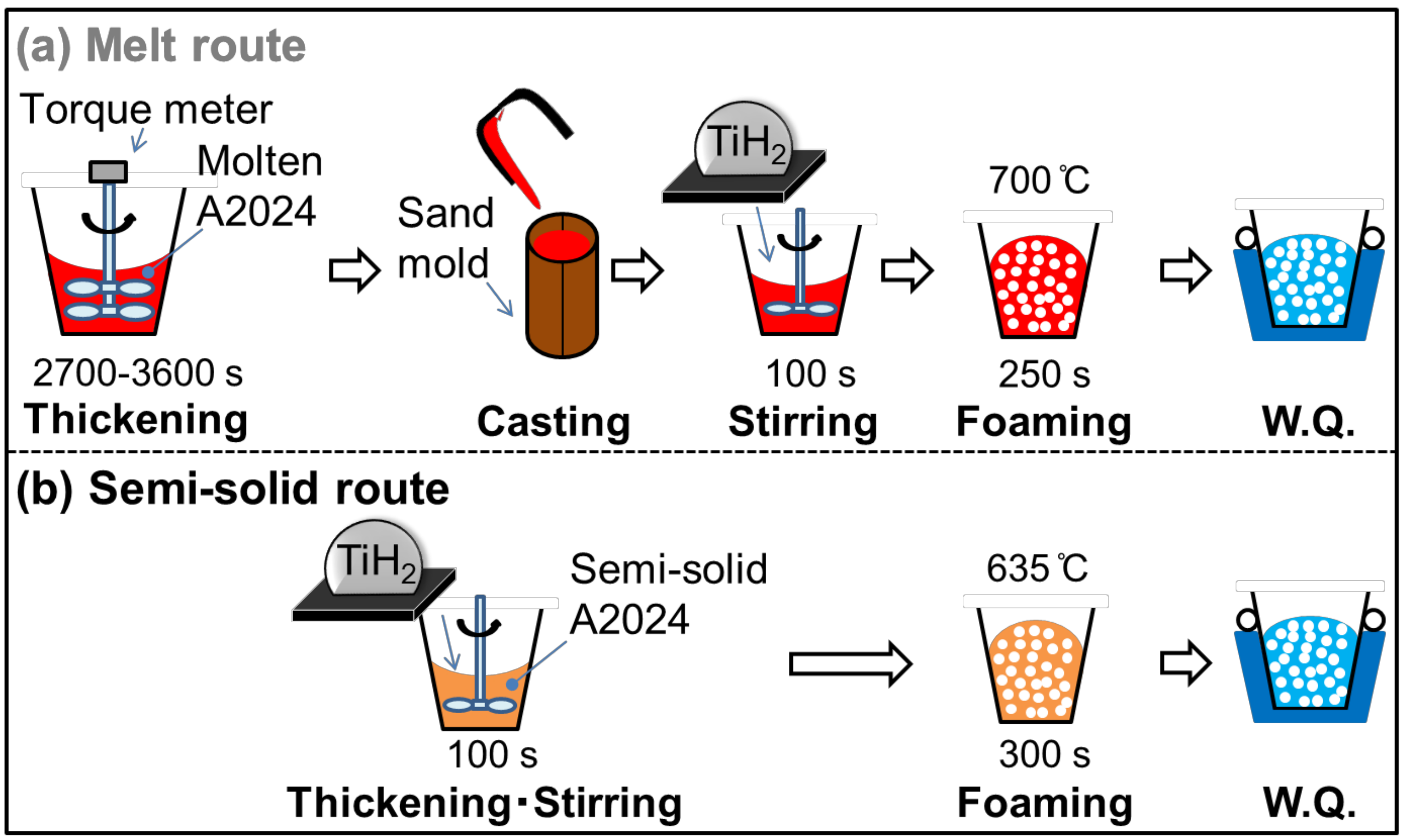

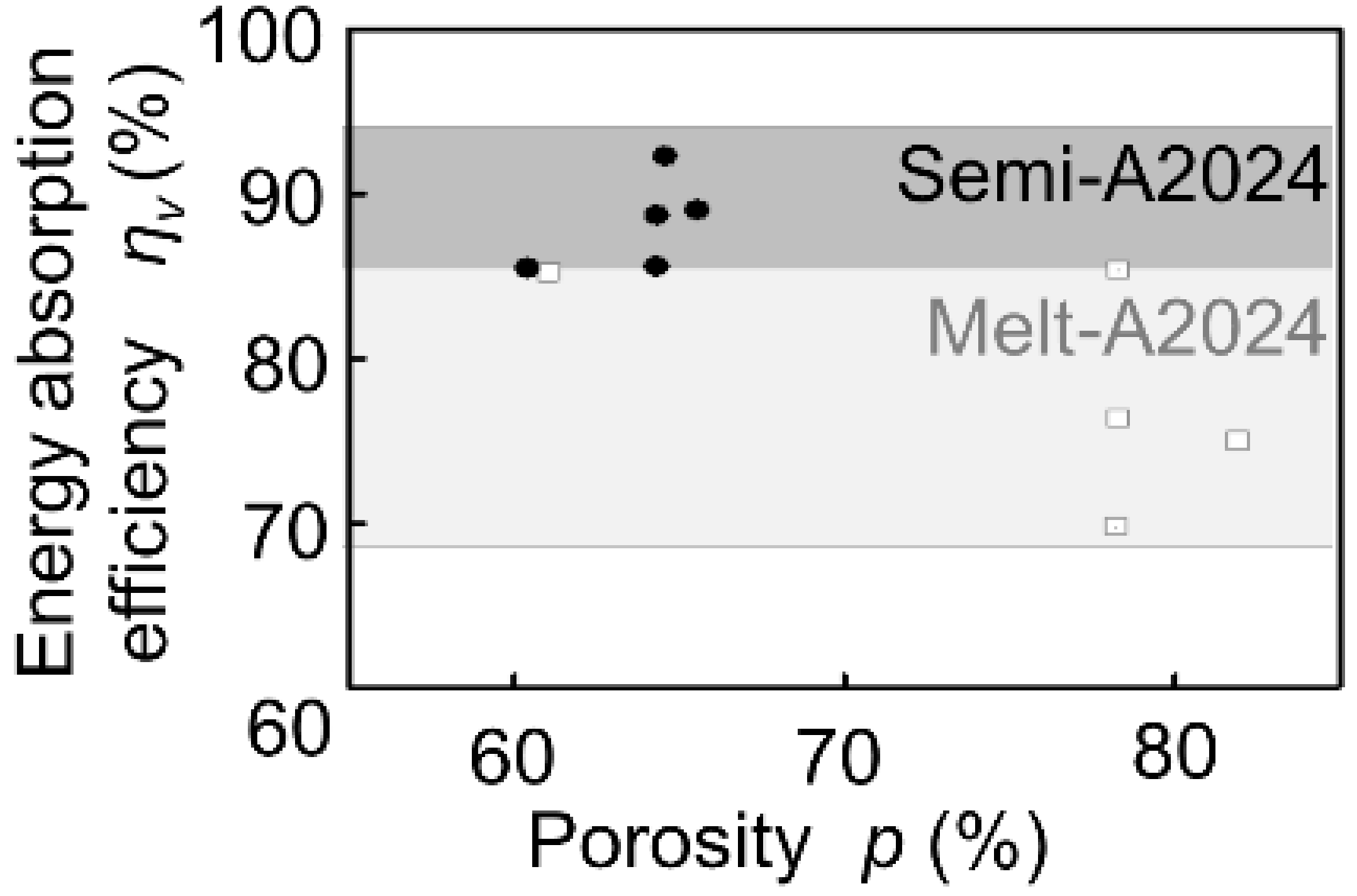
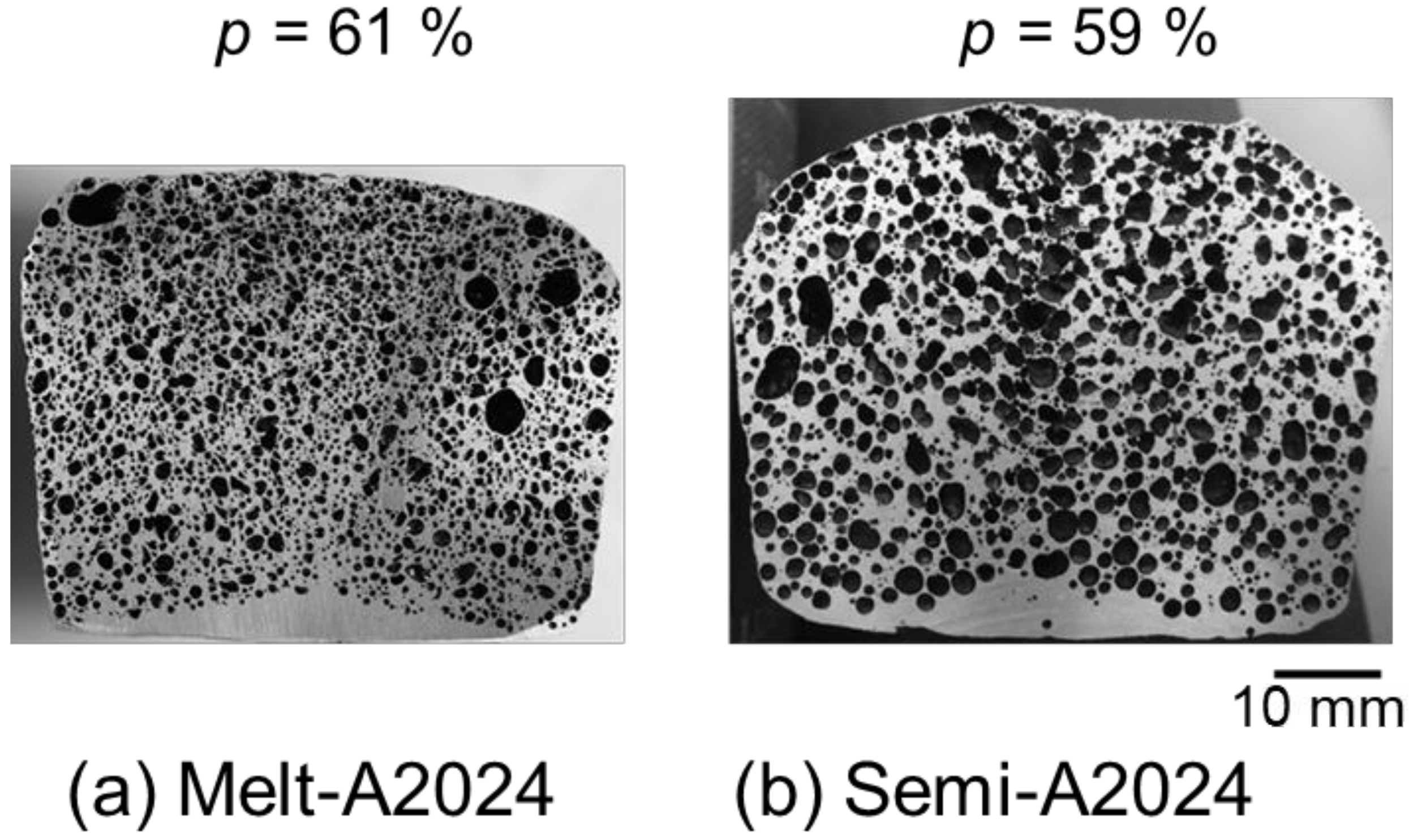

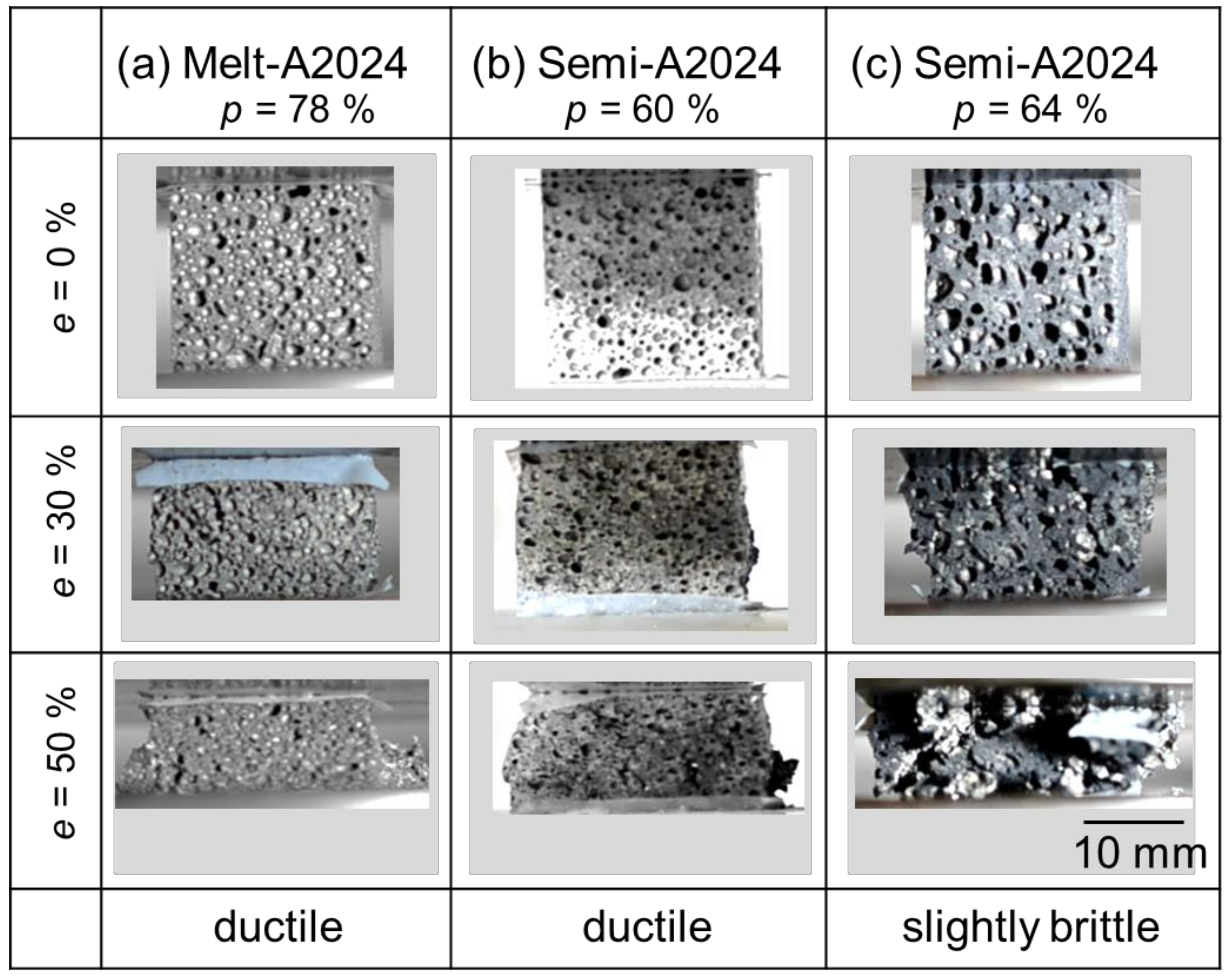
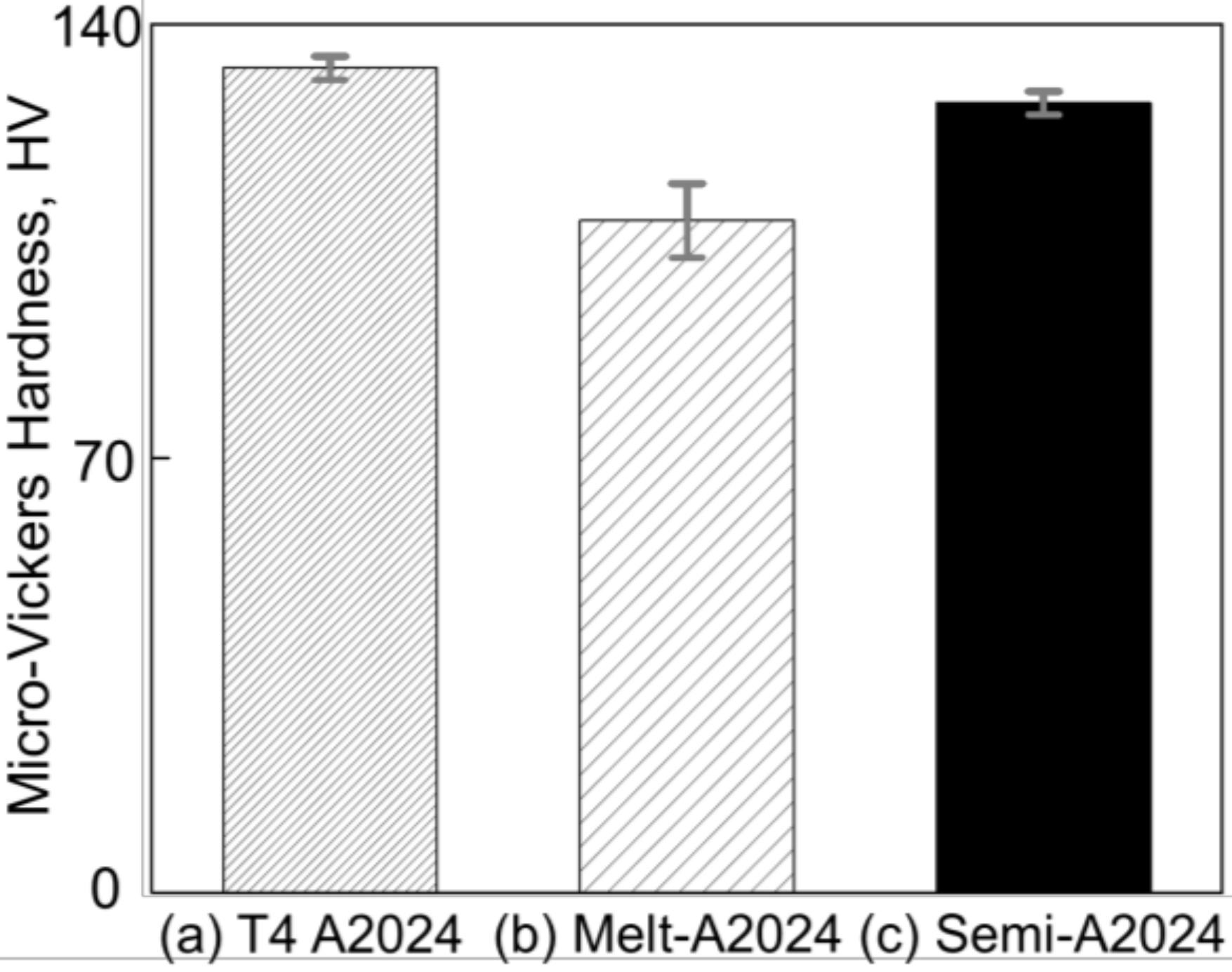
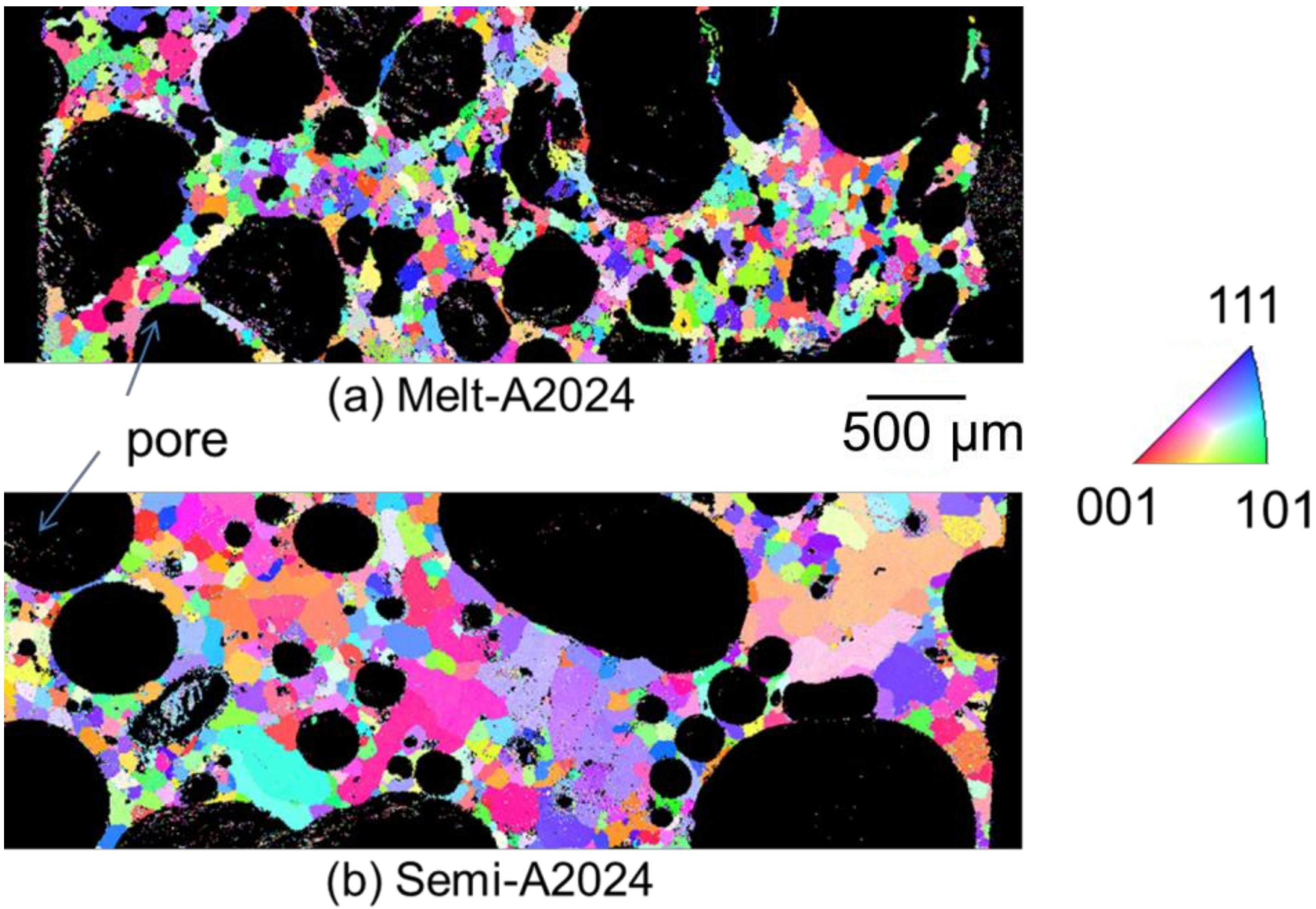
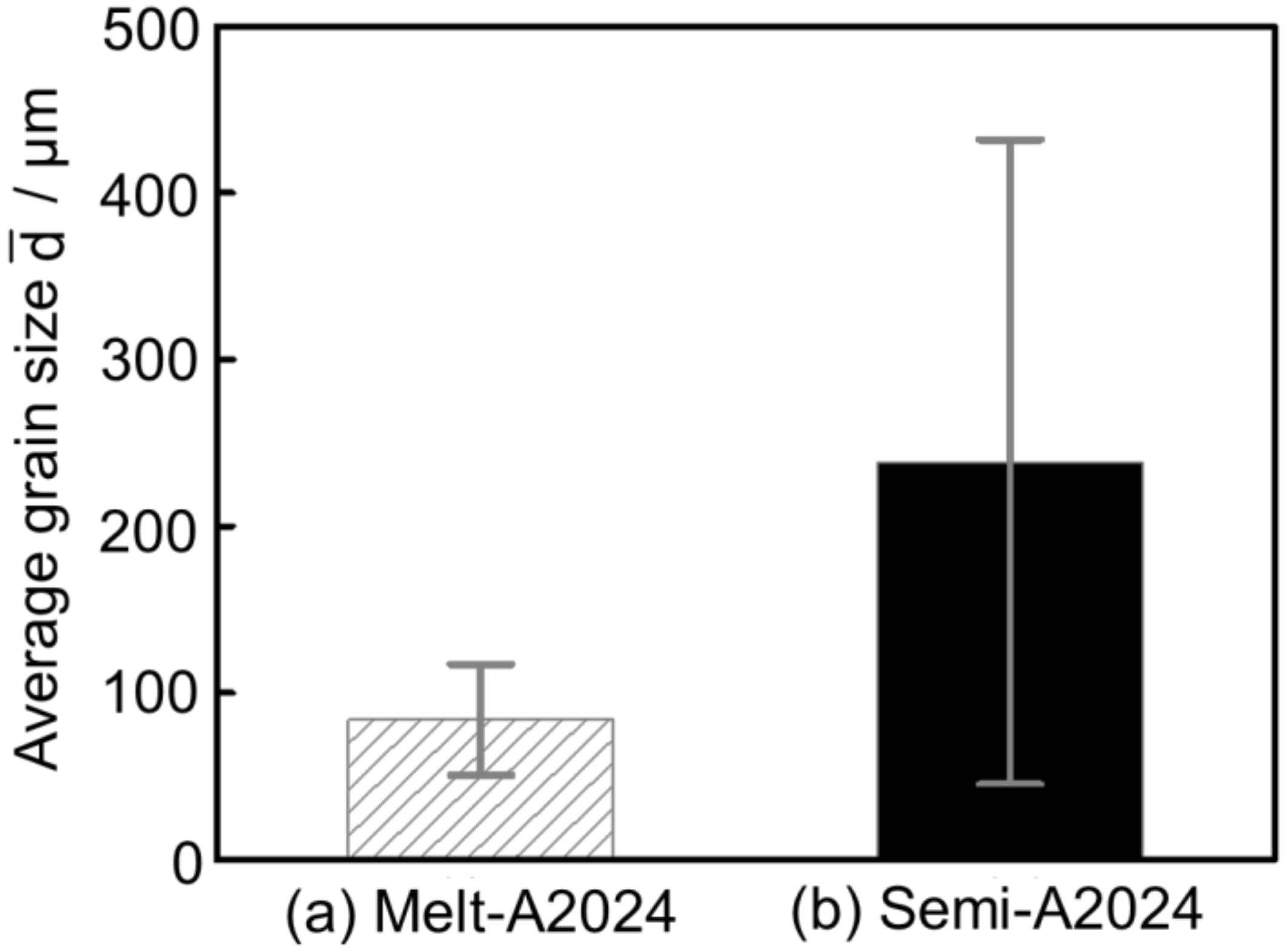

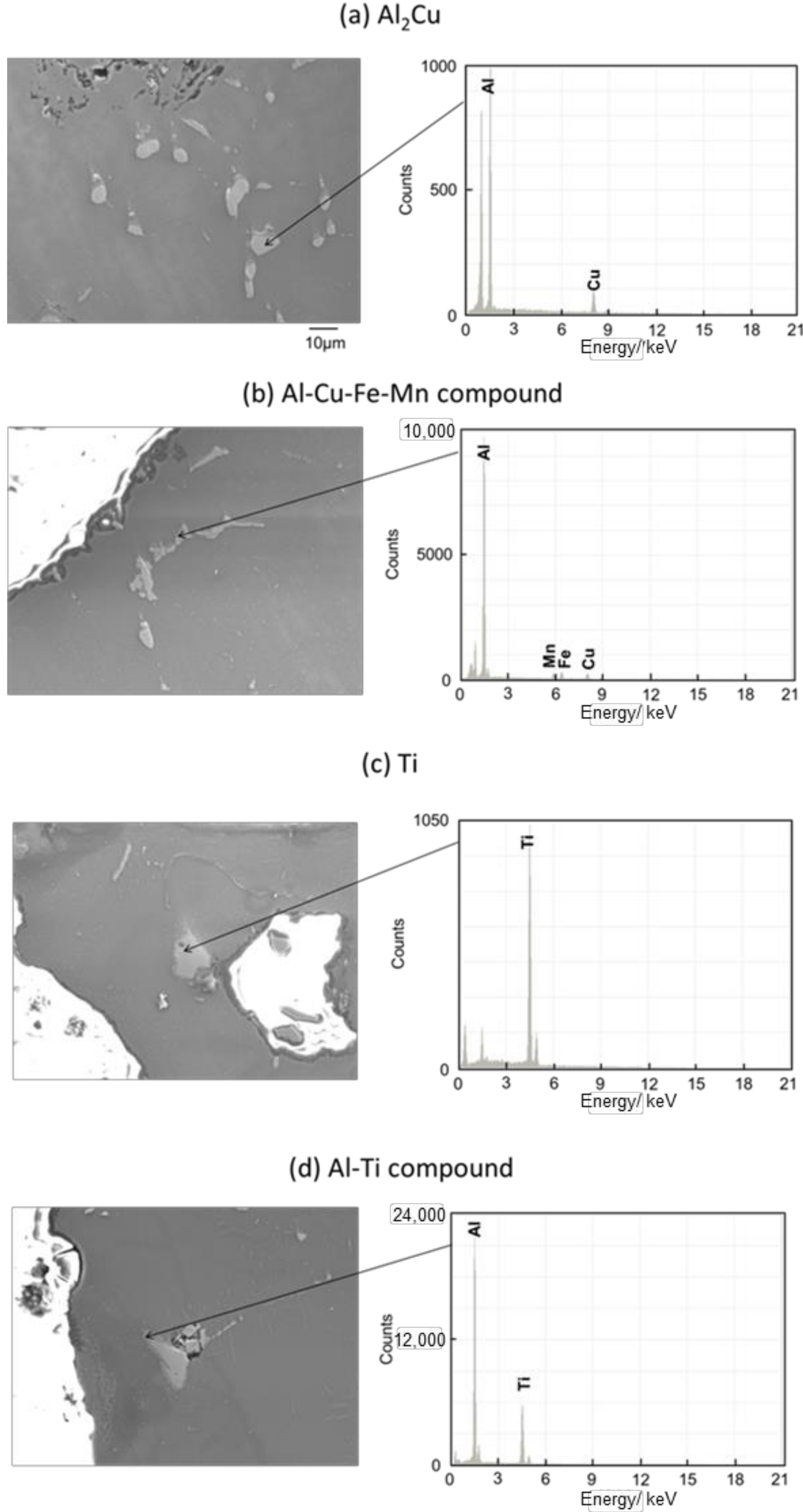
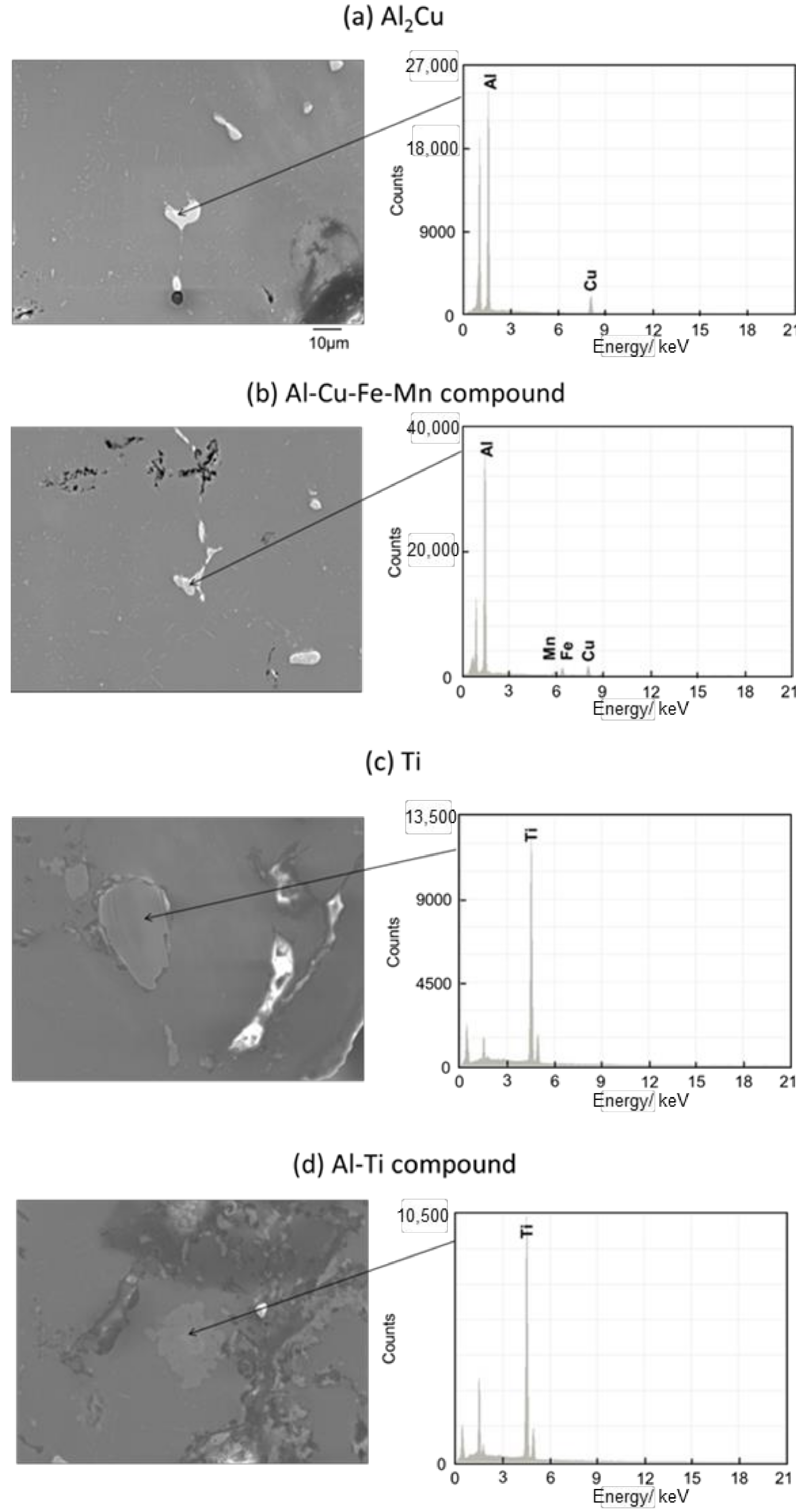
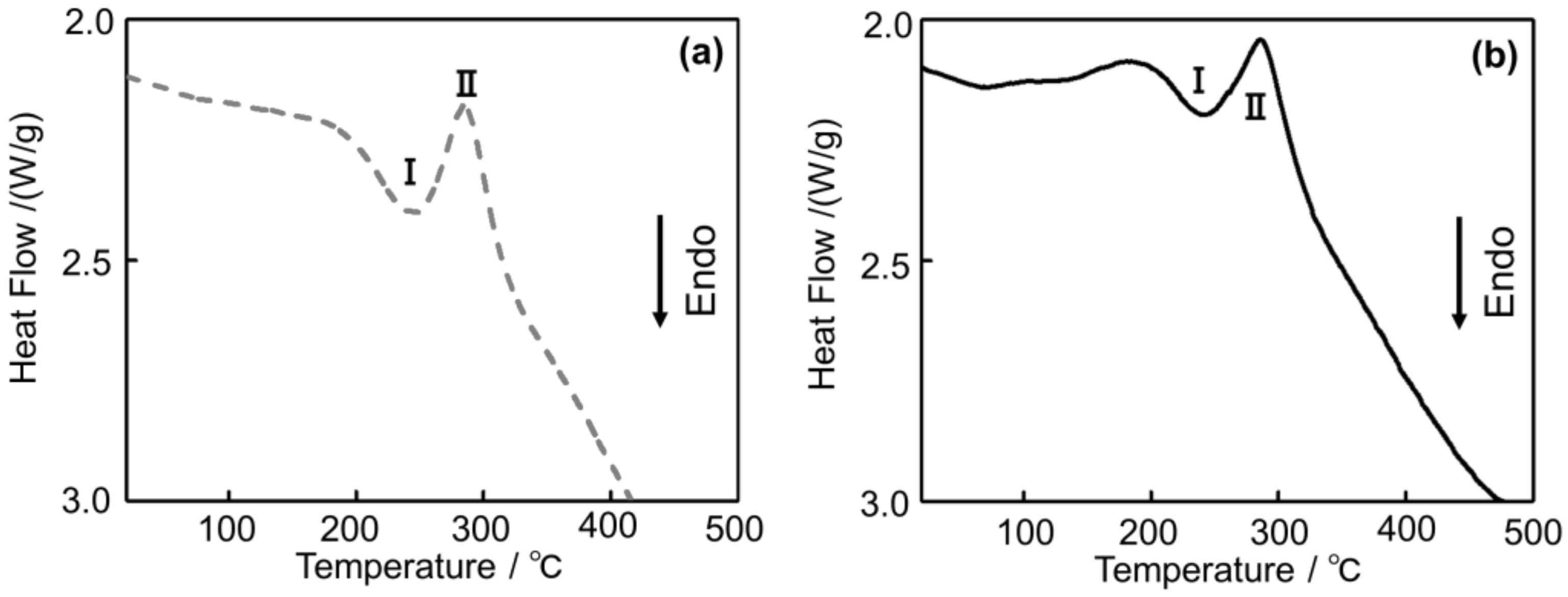

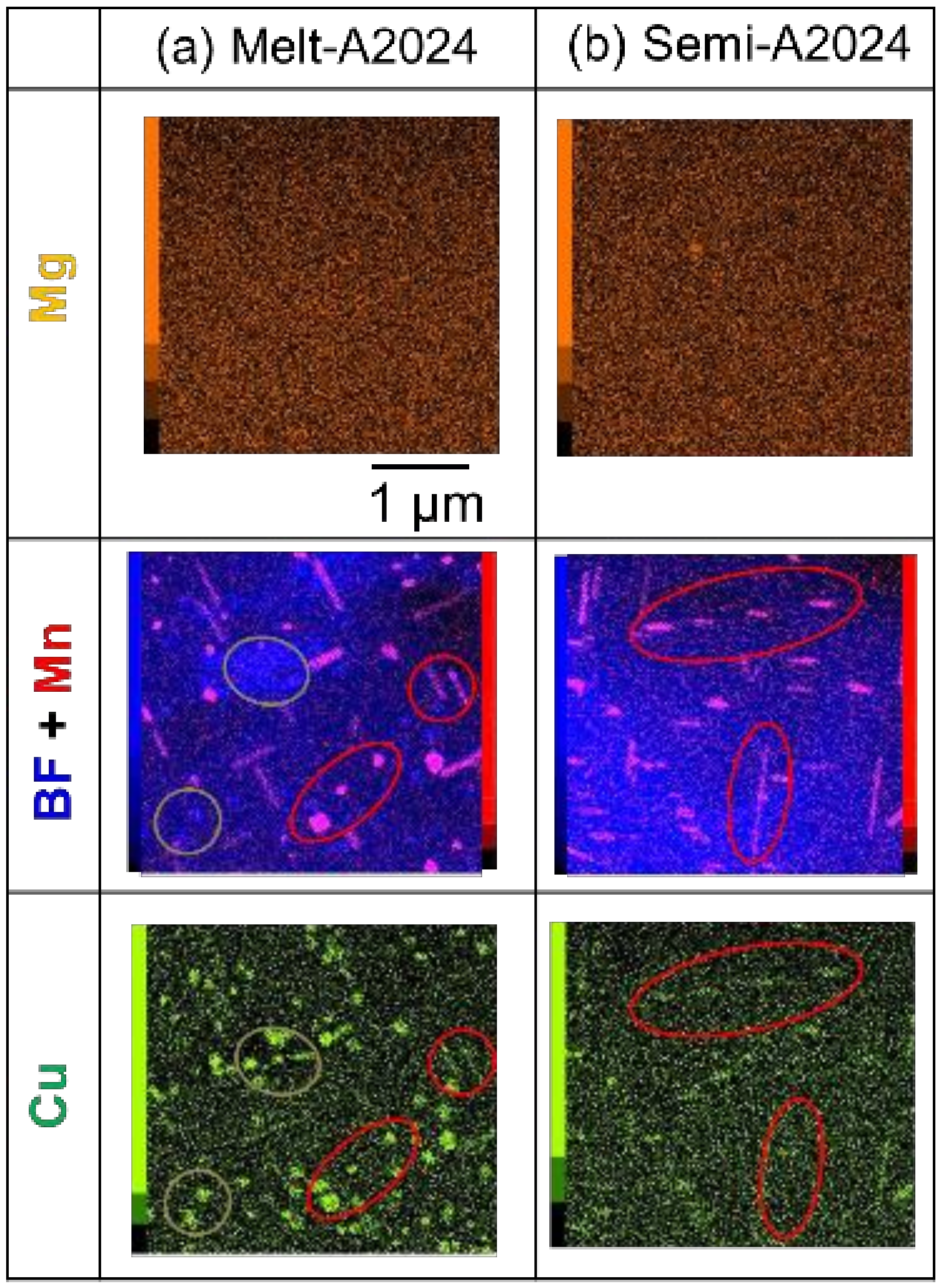
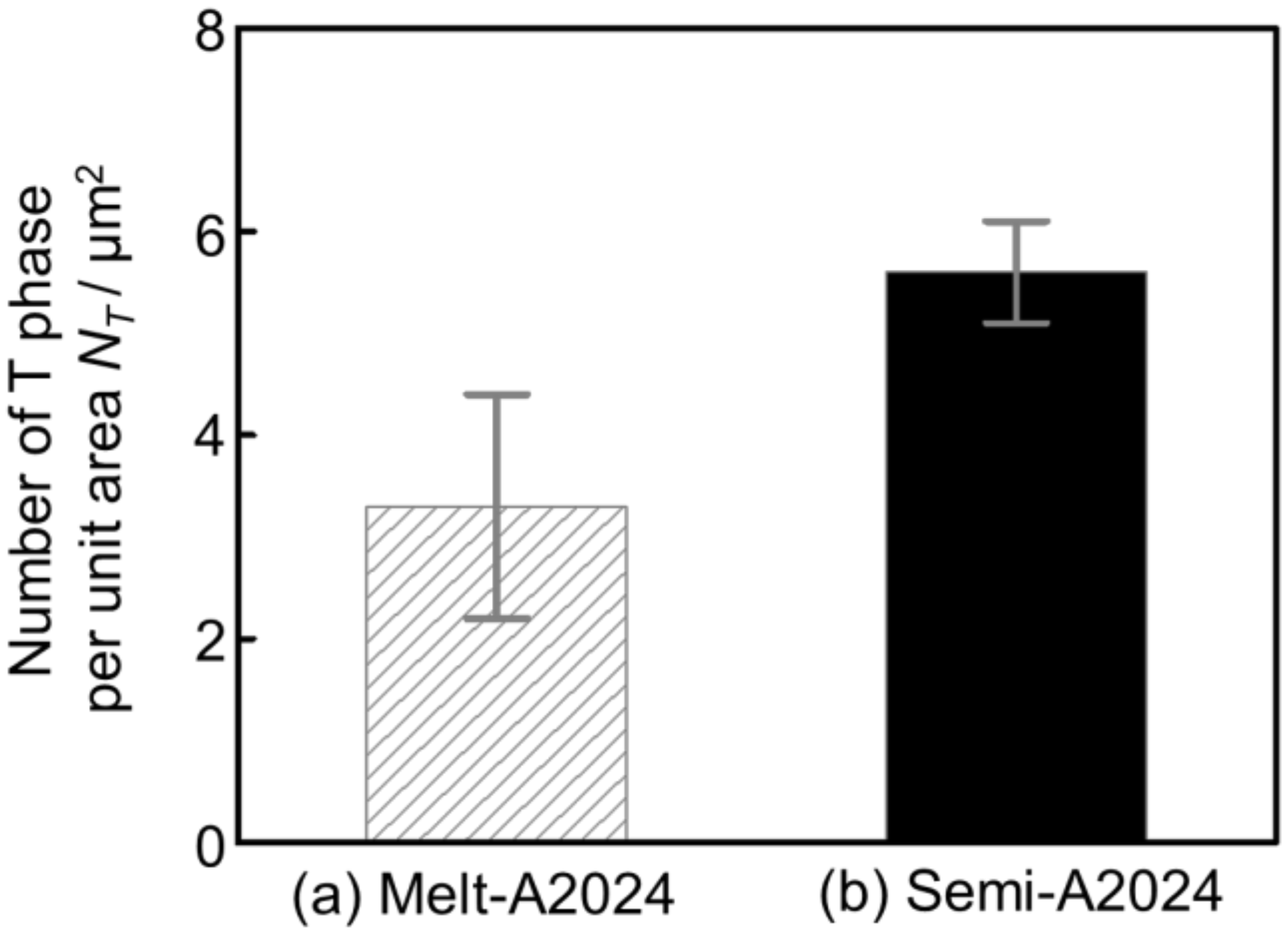
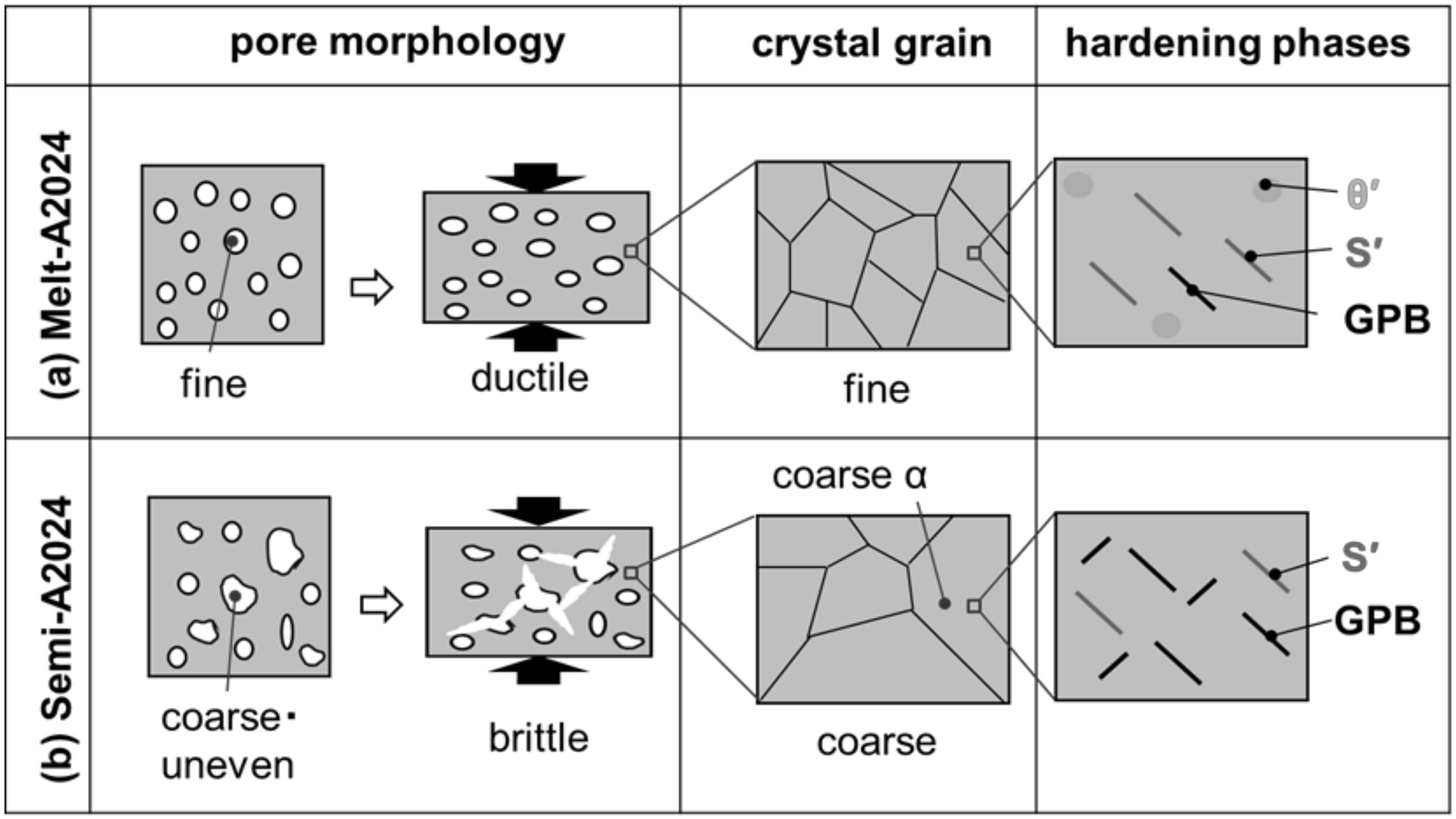
| Cu | Mg | Mn | Fe | Si | Others | Al |
|---|---|---|---|---|---|---|
| 4.59 | 1.66 | 0.66 | 0.15 | 0.12 | 0.08 | Bal |
© 2019 by the authors. Licensee MDPI, Basel, Switzerland. This article is an open access article distributed under the terms and conditions of the Creative Commons Attribution (CC BY) license (http://creativecommons.org/licenses/by/4.0/).
Share and Cite
Kuwahara, T.; Osaka, T.; Saito, M.; Suzuki, S. Compressive Properties of A2024 Alloy Foam Fabricated through a Melt Route and a Semi-Solid Route. Metals 2019, 9, 153. https://doi.org/10.3390/met9020153
Kuwahara T, Osaka T, Saito M, Suzuki S. Compressive Properties of A2024 Alloy Foam Fabricated through a Melt Route and a Semi-Solid Route. Metals. 2019; 9(2):153. https://doi.org/10.3390/met9020153
Chicago/Turabian StyleKuwahara, Takashi, Taro Osaka, Mizuki Saito, and Shinsuke Suzuki. 2019. "Compressive Properties of A2024 Alloy Foam Fabricated through a Melt Route and a Semi-Solid Route" Metals 9, no. 2: 153. https://doi.org/10.3390/met9020153
APA StyleKuwahara, T., Osaka, T., Saito, M., & Suzuki, S. (2019). Compressive Properties of A2024 Alloy Foam Fabricated through a Melt Route and a Semi-Solid Route. Metals, 9(2), 153. https://doi.org/10.3390/met9020153




